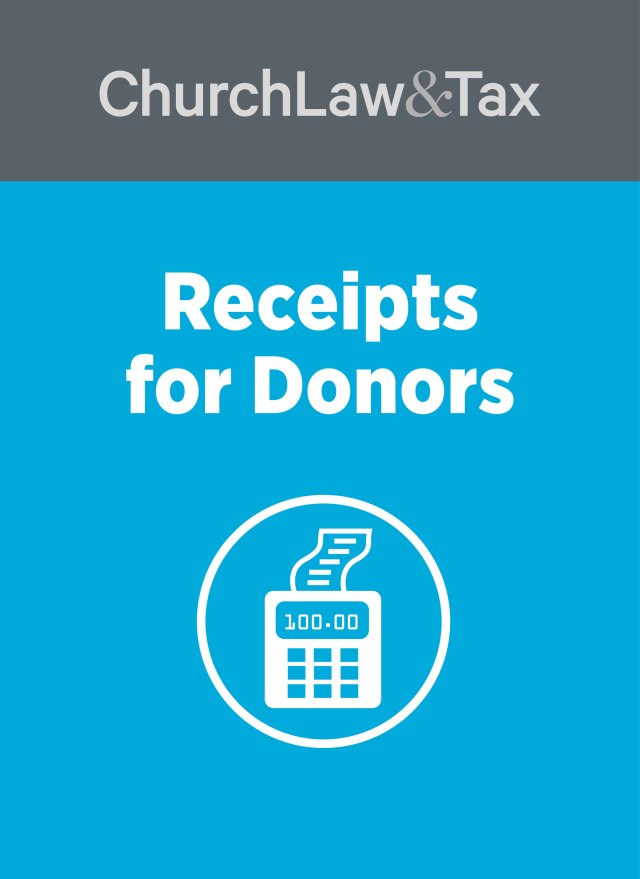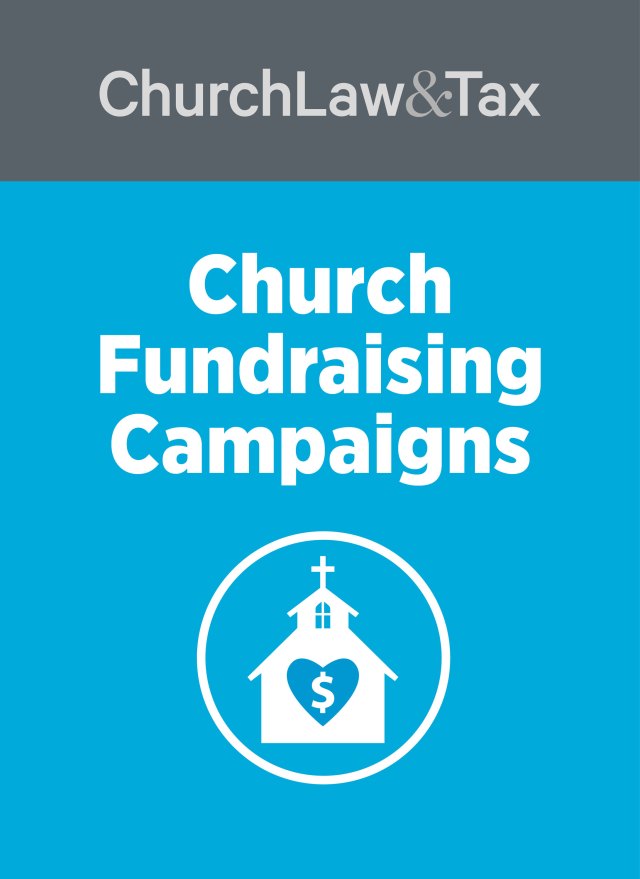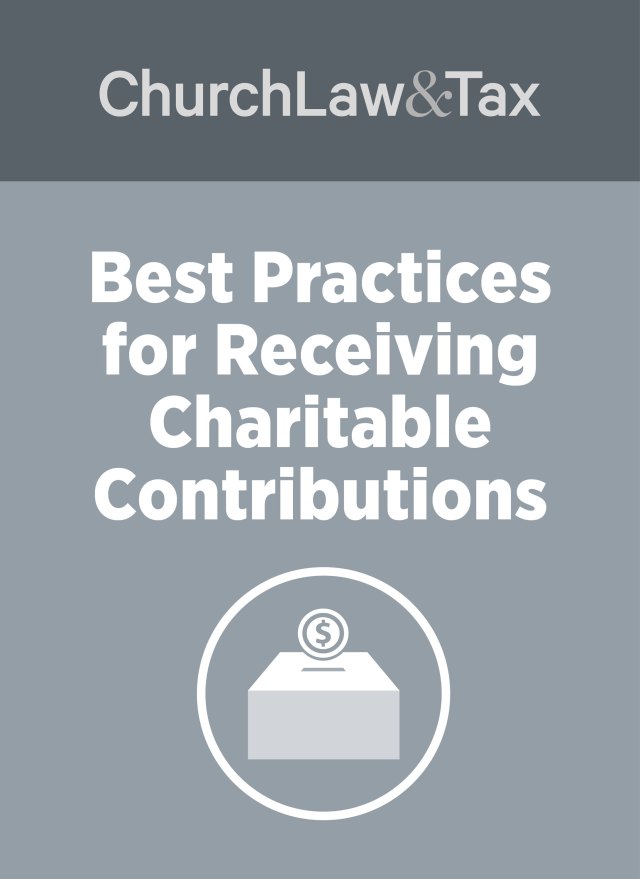Data can transform how churches operate, regardless of their size. By adopting data-driven decision making, churches can better understand giving patterns and make informed financial decisions. Norwood Davis from 12Stone Church emphasizes the importance of tracking a per-person-per-week giving metric as a powerful yet simple tool for any church.
How to Track the Per-Person-Per-Week Giving Metric
“Here’s what’s beautiful about this metric,” says Davis. “It’s flexible and scalable, regardless of your church’s size.” To start, follow these simple steps:
- Step 1: Create a table with four columns: date, attendance, total giving, and per-person giving.
- Step 2: Record the date in the first column, the number of attendees in the second column, and the total dollars given in the third column.
- Step 3: Divide the total dollars by the number of attendees and record the result in the fourth column.
With consistent data collection, patterns will emerge. Seasonal highs and lows, holiday changes, and even trends tied to congregants’ pay periods become apparent. For 12Stone Church, these insights shifted their entire budgeting process. “Instead of dividing annual revenue projections equally over 52 weeks, we adjusted our budget to reflect seasonal and other variabilities,” Davis explains.
Visualizing and Interpreting the Data
Once you’ve collected enough data, Davis advises creating a simple graph to identify long-term trends. This process can be done using Microsoft Excel, which offers intuitive tools for graphing. For beginners, online tutorials and affordable Excel classes at local colleges can help build the necessary skills.
“The most important thing is to keep collecting data and think in terms of long-term trends,” says Davis. “The key is to take disciplined, small steps. Just start collecting the data, keep it going, and keep improving.”
Benefits of Data-Driven Decision Making for Churches
Implementing this metric offers several benefits:
- Financial Accuracy: Aligning budgets with actual trends improves financial planning and stability.
- Seasonal Insights: Identifying seasonal giving patterns helps churches prepare for high and low periods.
- Scalability: This metric works for churches of all sizes and is easy to implement with minimal resources.
For additional tips on data collection and analysis, visit the U.S. Census Bureau’s Data Tools or explore the IRS nonprofit resources for financial insights.
FAQ: Data-Driven Decision Making for Churches
What are the long-term benefits of tracking this metric?
Over time, it helps identify patterns, align budgets with trends, and improve financial decision-making.
Why is per-person giving an important metric?
It provides a clear and scalable way to track financial trends regardless of church size.
How do I start tracking data for this metric?
Create a table with attendance, total giving, and per-person giving as key components.
What tools can help with data visualization?
Microsoft Excel is a great starting point. Affordable online tutorials or local classes can teach you graphing basics.





